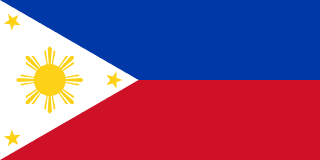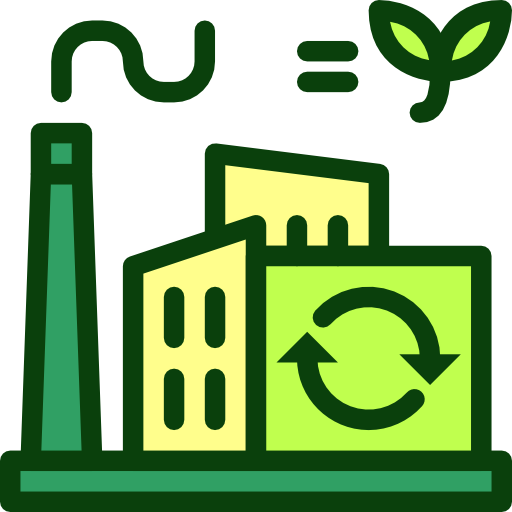Philippines - Environment

As far as the environment of Philippines is concerned, there have been . As for nvironment - international agreements, we have; .
About the environment of Philippines
| Climate | We have tropical marine; northeast monsoon (November to April); southwest monsoon (May to October) |
|---|---|
| Revenue from forest resources | |
| Revenue from coal | |
| Waste and recycling | Municipal solid waste generated annually: 14.632 million tons (2024 est.) |
| Total renewable water resources | 479 billion cubic meters (2022 est.) |
| Major rivers (by length in km) | |
| Total water withdrawal | |
| Municipal | 9.498 billion cubic meters (2022) |
| Industrial | 13.602 billion cubic meters (2022) |
| Agricultural | 67.937 billion cubic meters (2022) |
| Land Use | |
| Agricultural land | 42.5% (2022 est.) |
| Agricultural land: arable land | arable land: 18.7% (2022 est.) |
| Agricultural land: permanent crops | permanent crops: 18.8% (2022 est.) |
| Agricultural land: permanent pasture | permanent pasture: 5% (2022 est.) |
| Forest | 24.3% (2022 est.) |
| Other | 33.1% (2022 est.) |
| Urbanization | |
| Urban population | 48.3% of total population (2023) |
| Rate of urbanization | 2.04% annual rate of change (2020-25 est.) |
| Major urban areas (Pop) | 14.667 million MANILA (capital), 1.949 million Davao, 1.025 million Cebu City, 931,000 Zamboanga, 960,000 Antipolo, 803,000 Cagayan de Oro City, 803,000 Dasmarinas (2023). |
All Important Facts about Philippines
Want to know more about Philippines? Check all different factbooks for Philippines below.
-
 Philippines Factbook
Philippines Factbook
-
 The Economy of Philippines
The Economy of Philippines
-
 Learn about the Government of Philippines
Learn about the Government of Philippines
-
 Communication in Philippines
Communication in Philippines
-
 Popular Universities in Philippines
Popular Universities in Philippines
-
 Enerny in Philippines
Enerny in Philippines
-
 Transport in Philippines
Transport in Philippines
-
 The Geography and society of Philippines
The Geography and society of Philippines
-
 The Environment of Philippines
The Environment of Philippines
-
 Military and security in Philippines
Military and security in Philippines